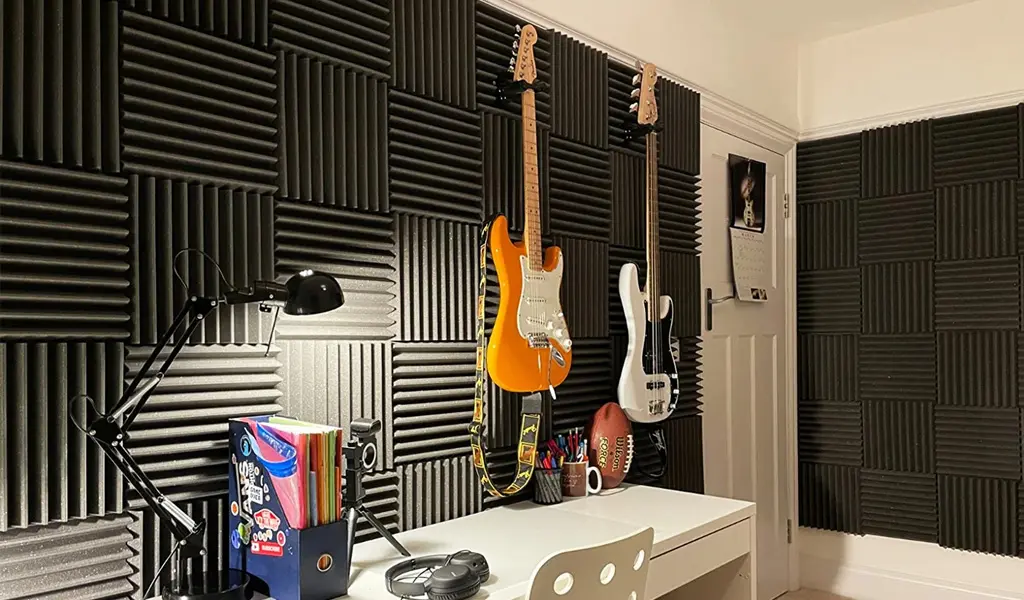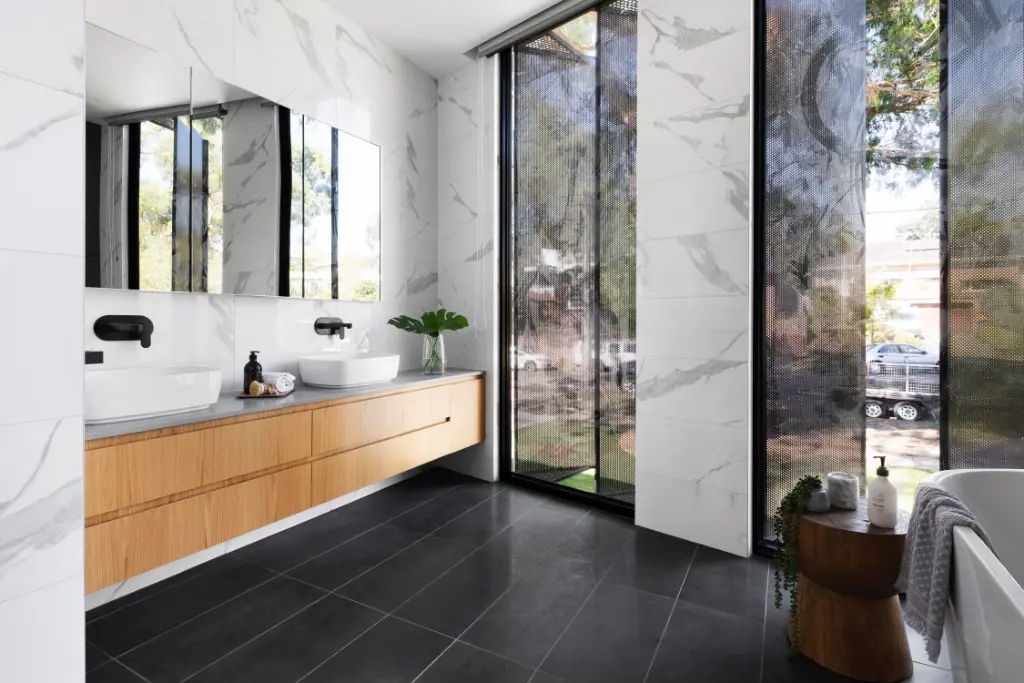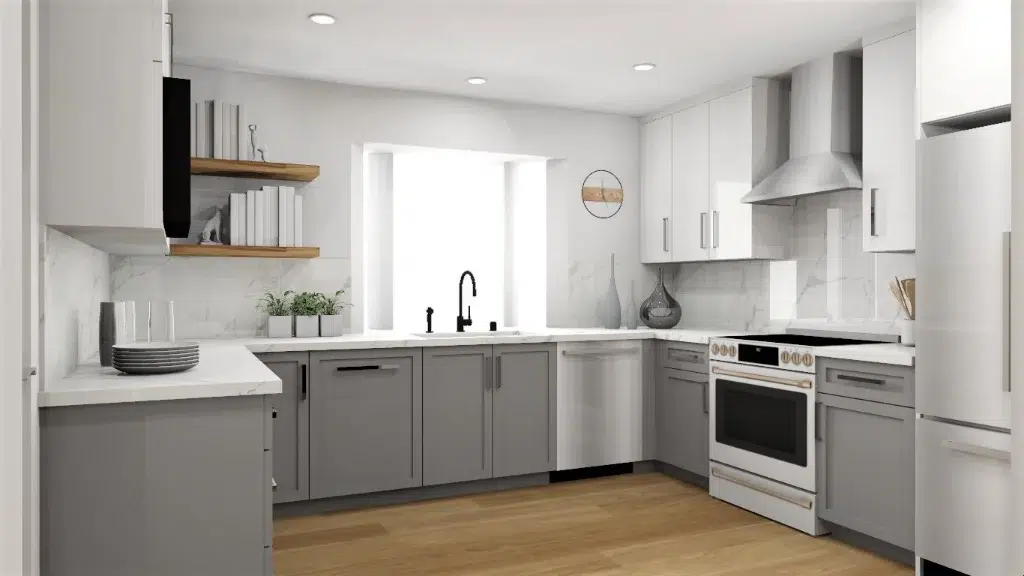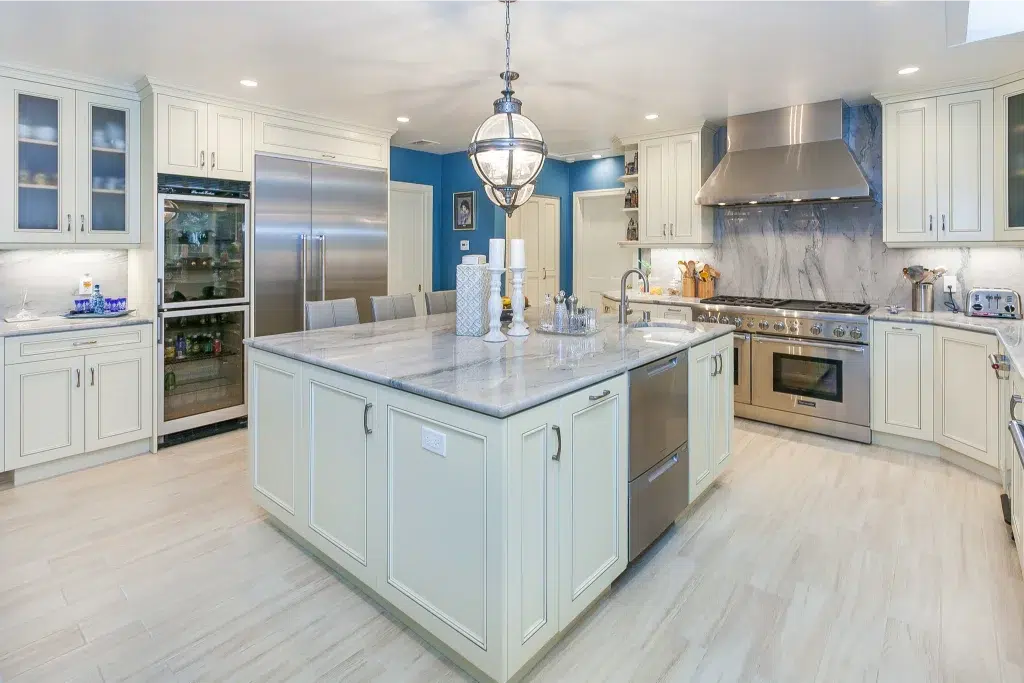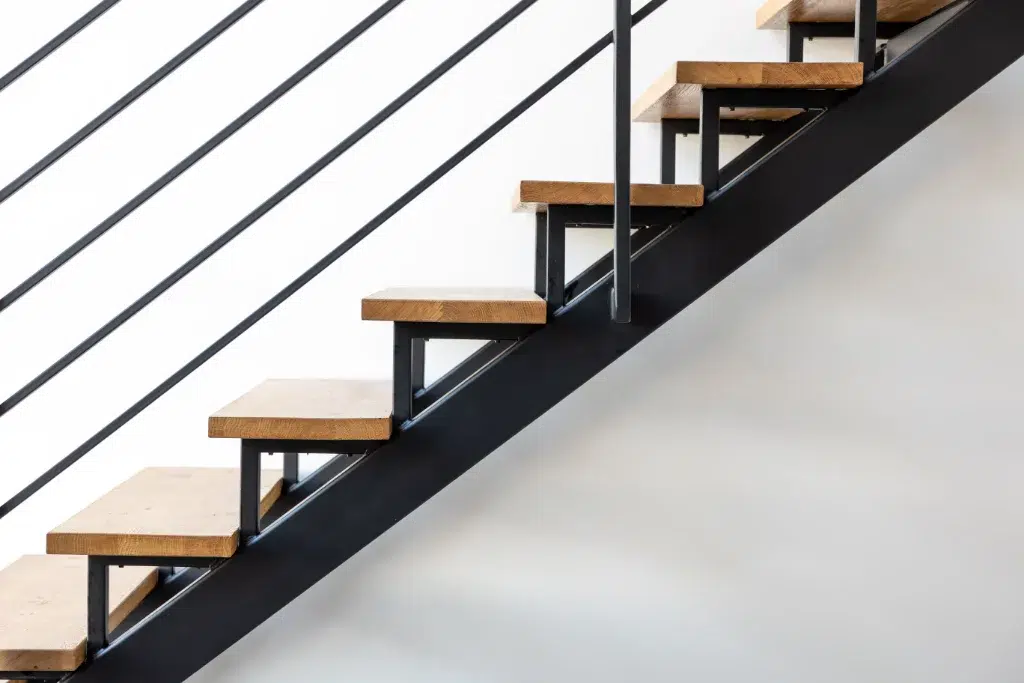.Picture this: you’ve started working with a general contractor on your brand new construction project, and everything is going great! All the remodeling steps are going to plan; The kitchen is remodeled, the bathroom is built, and the living room is furnished. But, you forget one crucial steps that ruins it all: soundproofing. soundproofing a room (or just to soundproof something) is the process of using either materials or specific furniture to block out unwanted noise in your house. In a busy location like the San Franciso Bay Area (where our company, Rhino Builders) is located out of, we’ve seen many homeowners forget this crucial step!
So for any of you reading this and needing help, we’ve created this handy guide to look at for your new home remodel project.
Why You Need To Soundproof A New Construction Project
When you’re investing in a new build construction, the last thing you want is for external noise to invade your personal space. Whether it’s the hum of traffic, the chatter of neighbors, or the blare of sirens, unwanted sound waves can turn your dream house into a source of constant irritation. Soundproofing isn’t just an add-on; it’s a crucial element of home improvement that enhances comfort and privacy.
Incorporating soundproofing solutions during the initial phases of construction is far easier and more cost-effective than retrofitting them later. By proactively addressing noise reduction, you can prevent airborne noise from penetrating your walls and ceilings. This not only creates a peaceful environment but also adds value to your property. Plus, with the rise of remote work and home studios, having a space free from distractions is more important than ever.
Moreover, proper soundproofing can improve the acoustics within your house, making your living spaces more enjoyable. Imagine watching a movie in your living room without the echo or practicing music in a room that doesn’t disturb the rest of the household. By consulting with remodelers who specialize in soundproofing a door or any part of the house, you can tailor your renovation house project to meet all your acoustic needs.
Material 1: Acoustic Foam Panels for Sound Absorption
Benefits of Acoustic Foam in New Construction Homes
Acoustic foam panels are a popular choice when it comes to soundproofing products, especially for absorbing mid to high-frequency sounds. These panels are made from porous materials like polyurethane foam, which absorb sound waves and reduce echo within a room. They’re a staple in recording studios, but they’re also incredibly beneficial in residential settings.
Installing acoustic foam panels during the new construction phase is easy to do and highly effective. They can be integrated into walls or ceilings, helping to dampen vibrations and absorb noise before it has a chance to bounce around your space. This makes them an excellent choice for home theaters, music rooms, or any area where you want to reduce noise levels.
One of the biggest advantages of using acoustic foam in new construction is the opportunity to seamlessly incorporate them into your design. Since you’re starting from scratch, you can strategically place these panels in areas that will maximize noise reduction and improve sound quality. Acoustic foam is lightweight, easy to install, and comes in various shapes and colors, allowing you to blend functionality with aesthetics.
Moreover, these panels are not just about soundproofing; they also enhance the overall acoustic treatment of your home. By reducing echo and absorbing unwanted sound, they create a more comfortable and pleasant environment. Whether you’re setting up a conference room for remote work or a cozy living room for family movie nights, acoustic foam panels help absorb noise and prevent sound from traveling to other parts of the house.
Material 2: Soundproof Drywall for Walls and Ceilings
Benefits & Installation Tips for Soundproof Drywall
Incorporating soundproof drywall in your new home construction is a smart move. It provides an extra layer of insulation against both airborne noise and impact sounds like footsteps or doors closing. This material is particularly useful in multi-story buildings or rooms adjacent to noisy areas like garages or busy streets. By investing in soundproof drywall, you’re taking a significant step towards reducing noise pollution in your living spaces.
One of the primary benefits of soundproof drywall is its effectiveness in noise reduction without taking up additional space. It installs just like regular drywall, making it easy for your construction team to integrate into the building process. This material not only blocks sound but also adds an extra layer of fire resistance and thermal insulation, contributing to the overall energy efficiency of your place.
For optimal results, it’s essential to seal all gaps and joints with acoustic sealant or green glue, which further prevents sound leaks. Paying attention to the installation of electrical outlets and light fixtures is also crucial, as these can become weak points for noise transmission. By following these installation tips, you can ensure that your soundproof room performs at its best, providing you with a quiet and comfortable home environment.
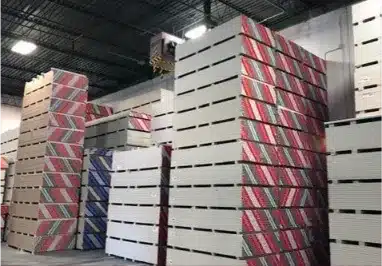
When it comes to creating a solid sound barrier, soundproof drywall is a game-changer. Unlike regular drywall, soundproof versions are designed with multiple layers of gypsum and sometimes include a layer of viscoelastic polymers or ceramic material. This composition helps block and dampen sound vibrations, making it harder for noise to pass through walls and ceilings.
Material 3: Mass Loaded Vinyl to Block Sound
Mass Loaded Vinyl in New Construction Explained
Incorporating MLV into your new construction project is a savvy way to enhance your home’s soundproofing without significantly altering its design. It’s versatile and can be installed behind drywall, under flooring, or even wrapped around pipes and ducts to prevent noise transmission. This makes it an ideal solution for areas where you need maximum noise reduction.
One of the standout benefits of using MLV is its thin profile combined with high mass, which is essential for controlling sound. It’s easy to install, especially during the construction phase, and doesn’t require specialized tools or skills. You can attach it directly to studs or joists before installing drywall or other finishing materials.
MLV is also beneficial because it’s flexible and can contour to various shapes and surfaces, making it suitable for a range of applications. Whether you’re aiming to soundproof a room, reduce noise from plumbing, or create a quiet space for a home office, MLV provides a robust solution. By integrating Mass Loaded Vinyl into your new build, you’re investing in a long-term fix that significantly enhances your home’s sound blocking capabilities.
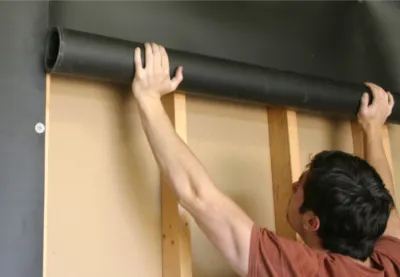
Mass Loaded Vinyl (MLV) is a flexible, high-density material that’s highly effective at blocking sound. It’s often used in professional sound proofing applications due to its excellent sound-deadening properties. MLV acts as a sound barrier, preventing both airborne noise and vibrations from passing through walls, ceilings, and floors.
Wrapping Up: Choosing A Soundproofing Material Isn't Hard!
So there you have it—the top three materials to consider when soundproofing your new construction project. Whether it’s acoustic foam panels for absorbing sound, soundproof drywall for blocking noise, or Mass Loaded Vinyl for an all-around sound barrier, each option offers unique benefits that can transform your living space into a peaceful haven. By integrating these materials during the construction phase, you’re not just building a house; you’re creating a comfortable, serene home that shields you from the hustle and bustle of the outside world.
Remember, soundproofing doesn’t have to be complicated or overwhelming. With the right materials and a bit of planning, you can effectively reduce noise, improve acoustics, and enhance the overall quality of your home. So go ahead and take that extra step—your ears (and your sanity) will thank you! If you need expert advice or assistance, don’t hesitate to contact us today. We’re here to help you find the best soundproofing solutions that fit your needs and budget.

